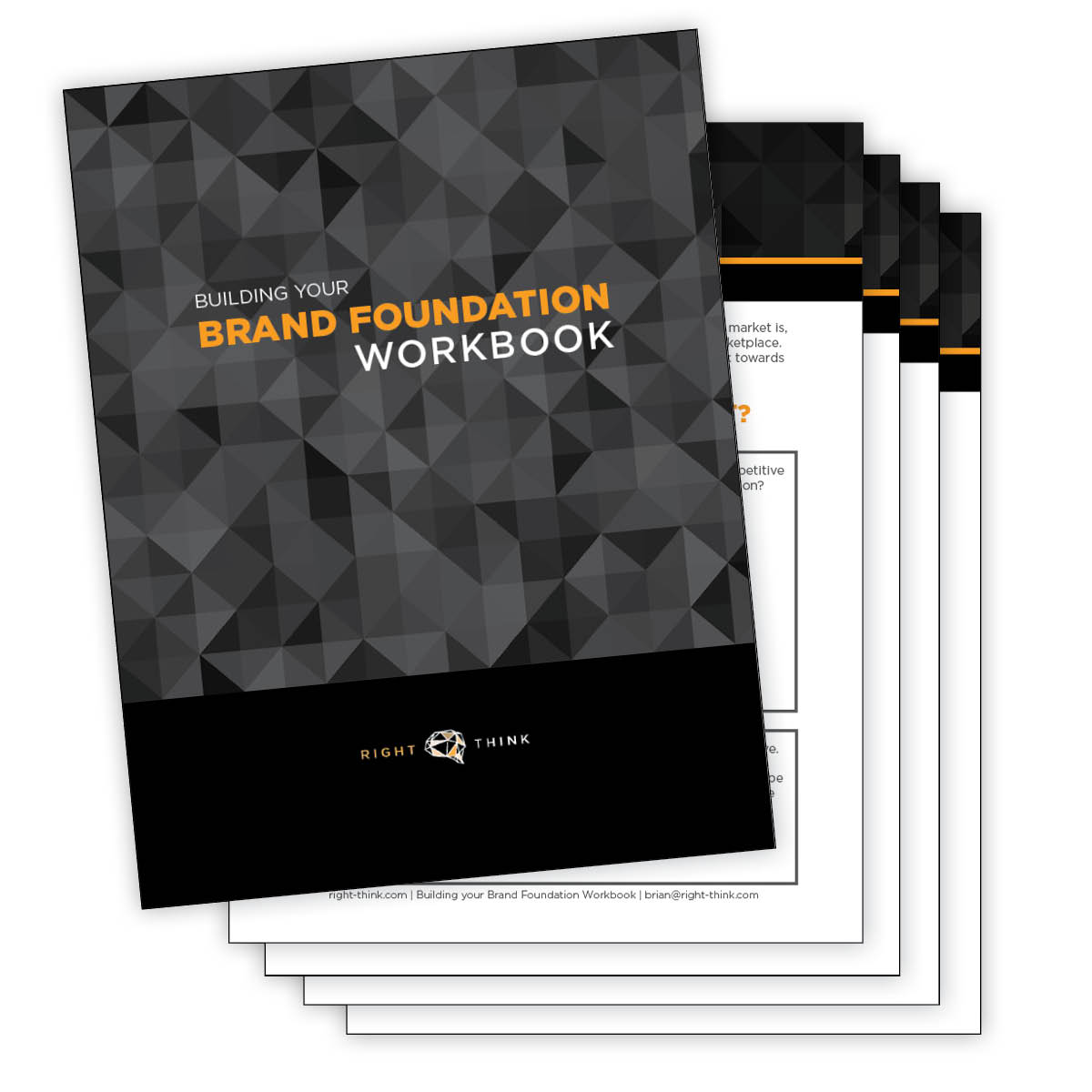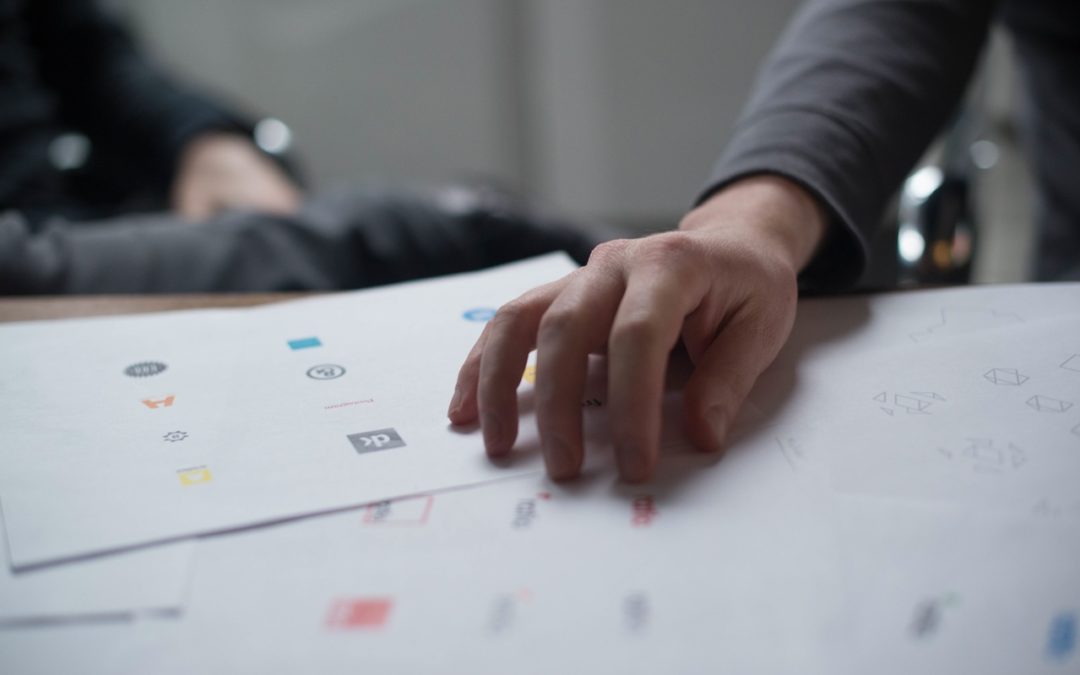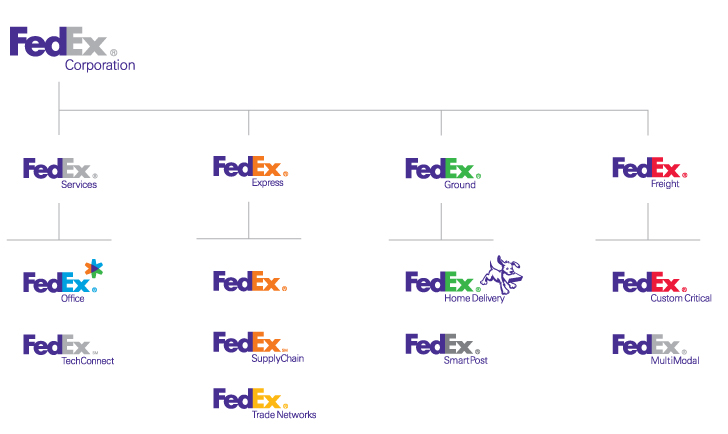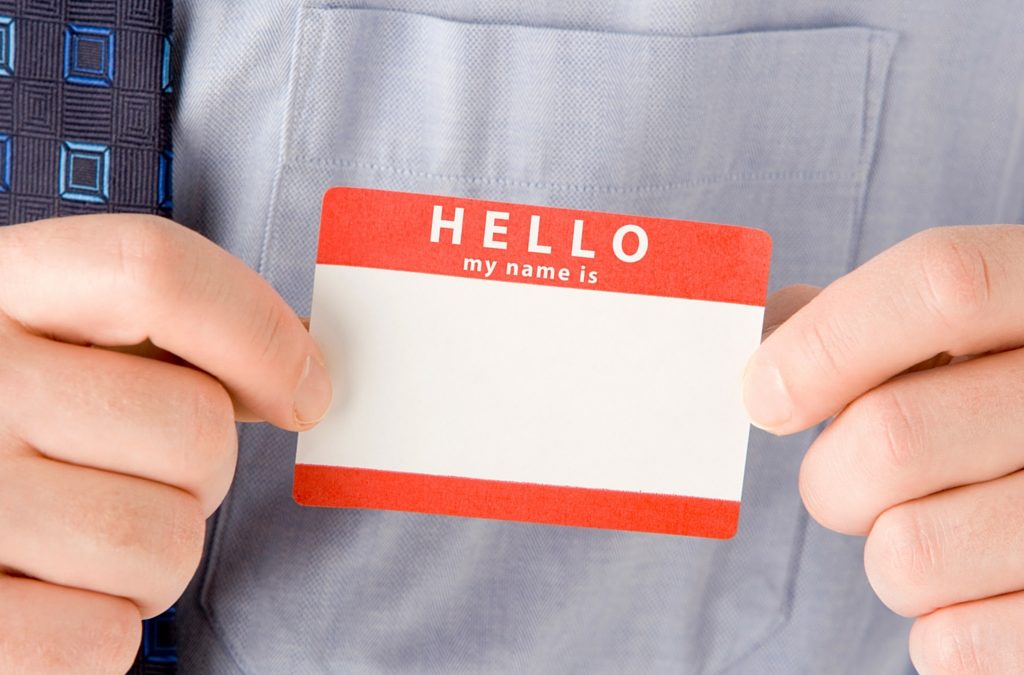
Your Brand Experience in Crescendo: Creating the Giddy Effect
Your Brand Experience in Crescendo: Creating the Giddy Effect
“Brand experience” is one of the common buzzwords floating around in business crowds, and for good reason. A lot has been said about the topic, but here we’ll focus on a particular aspect of the experience: customer delight; or as we at Right Think affectionately call it, the giddy effect.
Customer Delight: a.k.a. the Giddy Effect
The giddy effect is the crescendo of your clientele’s experience. It is what turns customers into fans and advocates of your company, products, and services; it also causes them to happily return for future purchases.
Whether people love shopping for your product, utilizing your services, or interacting with your company, there has to be a hook- what marketers refer to as a unique selling proposition. It’s the one thing that stands out and keeps people coming back for what only you can offer.
Can you confidently answer these important questions: What elevates your company? What sets your product apart from others like it? Why should customers remain loyal to your brand?
The main goal of marketing is to take your company and your product and make them part of something bigger: a brand. A brand is easier for consumers to connect with. The objective is to emotionally connect with your customers, then nurture that relationship into a long-term commitment. Crafting a one-of-a-kind brand experience is part of successfully cultivating customer loyalty.
Your Company’s Brand Experience is Unique
A brand experience is a client’s comprehensive response to a brand, made up of many smaller details. The term was coined in 2009 by Brakus et al, and includes concepts such as psychological responses to color and text design, cognitive reaction to marketing techniques, and a behavioral response to a person or song used in commercials all combine to create a lasting impression.
Because your company’s brand is meant to define and set it apart from all the competition, your customers’ experience will be unique. They are drawn to your brand’s personality because it represents something (preferably somethings) that resonates with them, and their experiences with your company must reinforce that.
That’s why brand experiences need to be central to your marketing campaigns, customer service, and employee training. Combining these with consistent, quality customer experiences is surefire ways to build brand loyalty.
How can you take control of your brand experience?
There are two main aspects to consider when crafting a brand experience: the mental and the emotional.
The mental half of a brand experience has to do with the more tangible and measurable side of your brand. There are things a company has more control over, such as the reliability of their product, the availability and effectiveness of customer service, and the accessibility to the product by your targeted demographic. The key to winning here is to provide consistency in the experience itself- with marketing materials and campaigns, good quality products and service, and authenticity in the brand. Keep promises, stay true to your mission statement, and value your consumers.
The emotional half of brand experience is harder to control because it relies heavily on how people perceive you. However, feelings are influenced by the interactions your consumers have with people while they purchase and utilize your services or products. One conversation with a customer service representative can have tremendous impact- for good or ill- on the overall opinion a customer has about your company.
Learning from successful brands
We can learn a lot about brand experiences when we consider companies who have successfully crafted and maintained their own brand experience. Just the name Starbucks brings to mind Starbucks is a prime example of a trendy and eclectic brand experience, eliciting the image of a comfortable lounge full of people drinking coffee or working on their laptops.
Disneyland, on the other hand, is about the magic of making dreams come true – even in a world filled with obstacles and flaws. They utilize music, decor, and their employees to create an experience you won’t get anywhere else.
While Starbucks and Disney are in different industries and use separate approaches, each has achieved their own unique brand experience, resulting in customers returning to have the same, delightful (dare we say giddy?) experience every time.
Just starting to build your brand experience? Here are some questions to consider:
- How do you want customers to feel when using your services or products?
- What 5 words would you use to describe your desired brand experience?
- Who do you most hope to impact with your brand?
- What thoughts do you want your brand to inspire?
- What emotions do you want your brand to evoke?
- How long will a brand experience last for a typical customer?
Need help defining your brand? Sign up below to get a FREE copy of our exclusive Building Your Brand Foundation Workbook. It’s packed with great exercises to help you get started crafting your ideal brand experience!













